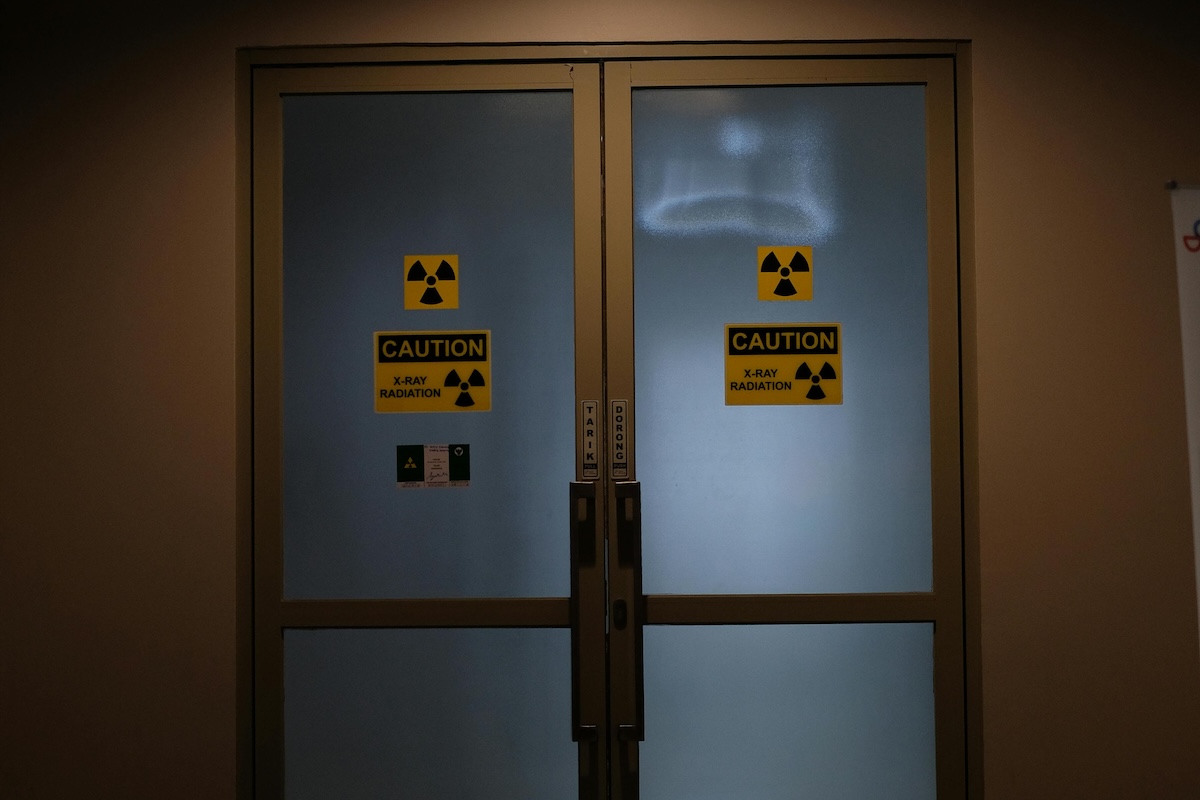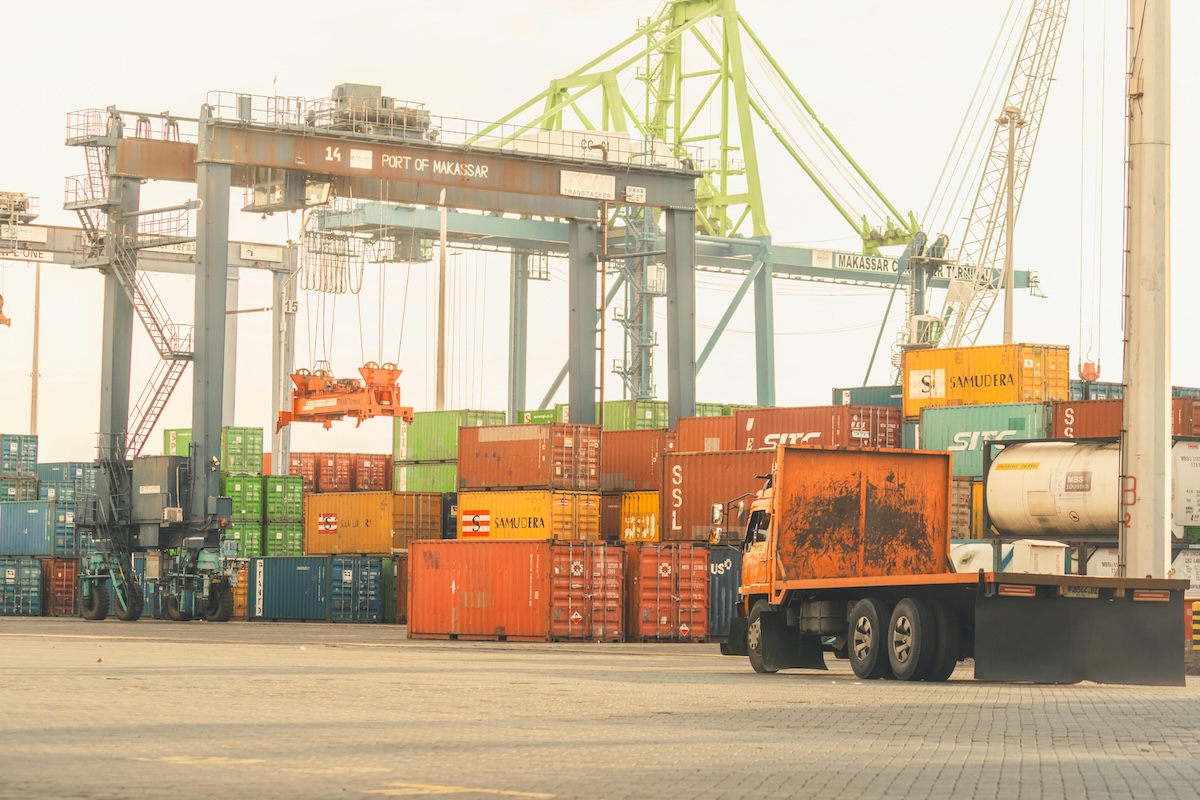Technology Controls, Part III: Definition of “Required”

We’re back with Part III of our blog series in understanding “technology” controlled under the EAR. In Part I, we explored the concept of controlled technology. Then, in Part II, we examined the three different types of technology (“development,” “production,” and “use”) and how they are applied in practice. Now, in this Part III post, we’re examining what it means when an ECCN controls technology that is “required” for the development, production, or use of an item on the CCL (and also what it means when a control entry doesn’t include the defined term “required”).
Let’s first have a quick recap. Under the EAR, “technology” is information, in any tangible or intangible form, that is necessary for the “development,” “production,” or “use” of an item on the CCL.
- “Development” technology is related to all stages prior to serial production.
- “Production” technology includes all production stages, such as product engineering, manufacture, integration, assembly (mounting), inspection, testing, and quality assurance.
- “Use” technology relates to operation, installation (including on-site installation), maintenance (checking), repair, overhaul and refurbishing.
As discussed in Part I, the drafters of the EAR point out to readers that controlled “technology” is defined in what is called the General Technology Note (GTN). Here’s what the GTN says, in pertinent part:
The export of “technology” that is “required” for the “development”, “production”, or “use” of items on the Commerce Control List is controlled according to the provisions in each Category.
Next, the drafters of the EAR have defined the term “required” as follows:
As applied to “technology,” [“required”] refers to only that portion of “technology” which is peculiarly responsible for achieving or exceeding the controlled performance levels, characteristics or functions. Such “required” “technology” may be shared by different products.
This EAR definition goes on to provide the following example:
- Assume product “X” is controlled on the CCL if it operates at or above 400 MHz and is not controlled if it operates below 400 MHz.
- If production technologies “A,” “B,” and “C” allow production at no more than 399 MHz, then technologies “A,” “B,” and “C” are not “required” to produce the controlled product “X”.
- If technologies “A,” “B,” “C,” “D,” and “E” are used together, a manufacturer can produce product “X” that operates at or above 400 MHz. In this example, technologies “D” and “E” are peculiarly responsible for making the controlled product and are thus “required” technology.
In an attempt to help clarify these matters for exporters, BIS published an Advisory Opinion in March 2014, expounding on the scope of the GTN. In that Advisory Opinion, BIS concluded that,
The EAR’s definition of “technology” states that “[c]ontrolled ‘technology’ is defined in the General Technology Note . . . and the GTN states that “[t]he export of ‘ technology’ that is ‘required’ for the ‘development’, ‘production’, or ‘use’ of items on the Commerce Control List is controlled according to the provisions in each Category.” The EAR does not limit its definition of technology or the GTN to only those technologies controlled in the EAR pursuant to the [Wassenaar Arrangement]. Therefore, the GTN and the EAR’s definition of “required” apply to all references to ”technology” in all the ECCNs on the CCL.
In other words, the GTN and the EAR-defined term “required” apply to all ECCNs on the CCL that control ”technology,” regardless of whether the ECCN specifically refers to the GTN or uses the term “required.”
Next time, in Part IV of this series, we’ll look at the EAR’s license exceptions related to controlled “technology:” Technology and Software under Restriction (TSR) and Technology and Software—Unrestricted (TSU). Be sure to subscribe to our blog so you can get the fourth and final post in our “technology” series delivered straight to your inbox.
If you’re still not sure what exactly is “required” of you when conducting an export classification analysis, let CTP help you navigate the process.
Click Here to learn more about CTP’s Export Compliance Services










